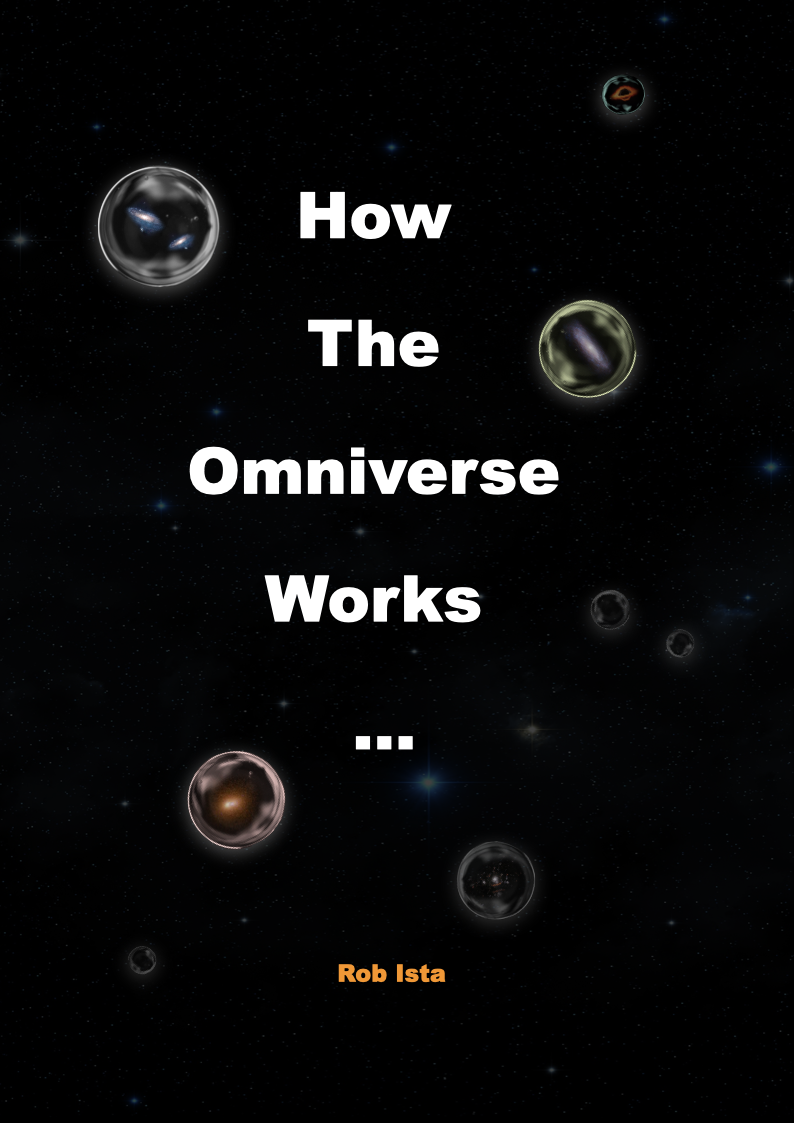
If you open a physics magazine or watch a science documentary, you’ll often hear a familiar refrain. The Universe, we’re told, began in a hot Big Bang, expanded and cooled, and is now driven by dark energy toward a lonely future. But just when the story gets most interesting, the experts lean back and say: “…but actually, we don’t know.”
This is no accident. Science has rules: if you can’t measure it, you shouldn’t claim it. That discipline keeps physics honest, but it also means that bold unifying ideas are often left hanging in the air, unnamed. Instead of one simple picture, we’re left with a patchwork: inflation, zero-point energy, dark matter, dark energy — each described separately, with an implicit “something deeper must connect these, but we can’t say what.”
Recent essays by science writers often highlight this tension:
-
On “nothing”: Even if you strip the Universe bare of all particles and radiation, you don’t get true emptiness. Space itself still bubbles with energy.
-
On the Big Bang: The hot, dense state we call the Big Bang wasn’t the beginning. Something — a field, an energy — inflated before it, seeding the Universe we see.
-
On cosmic history: The Big Bang explains what happened next — galaxies, stars, planets — but again it leans on unknowns: dark energy to drive expansion, fluctuations to seed structure, a mysterious inflation field to get started.
Mainstream science circles these truths carefully, measuring what it can and admitting what it can’t. But to the lay reader it often feels like a cliffhanger without resolution: if nothing can be empty, if the Big Bang wasn’t the beginning, if energy is inherent to space — then what is the deeper reality?
This is where the Omniversal Theory (OT) steps in.
The OT proposes that behind all these fragments lies a single, unifying substrate: the O-field. This field is never absent, even in the void. Its excitations give rise to dark matter; its entropy variations appear as dark energy; its ripples shape the cosmic web. A Big Bang is not the beginning of everything but the moment when the O-field excites a new bubble of spacetime, complete with the particles and forces we recognize from physics.
In other words, the O-field is what the mainstream essays describe but hesitate to name. Where science currently sees disconnected mysteries, the OT offers a connected story. It does not reject the evidence of expansion, of the cosmic microwave background, of structure formation. It embraces them — but places them within a larger framework where they all stem from the same underlying reality.
Scientists must, by design, stop at “we don’t know.” The Omniversal Theory dares to say: perhaps we do know, if we connect the dots.
About six months ago, I finished the first version of the Omniversal Theory booklet: "How the Omniverse Works". At the time, my goal was simple: to get the ideas out of my head and onto paper, to see whether the “dots” I felt needed connecting really did form a coherent picture. Writing it was less about publishing a finished theory and more about testing myself with a team of AI's — could I express the intuition that physics was circling around one unifying field without contradicting what scientists already know?
Since then, I’ve gone back to the mainstream literature to try to break my own idea. If the O-field was just a convenient story, surely I would find evidence that disproved it. Yet, after a lot of reading, I found mainly the opposite: the O-field concept simply reframes what is already being said, pulling scattered pieces — inflation, vacuum energy, dark matter, dark energy — into one single thread. One single theory about how multiple universes emerge and fade away again, like bubbles in boiling water. The science remains the same; only the story becomes cleaner.
Looking back, I realize the first booklet may have spoken past two different audiences. For lay readers, the deeper dives into quantum theory and relativity were difficult to follow. For scientists, the booklet lacked the formal structure of a research paper, with citations and technical detail. In that sense, it sat uncomfortably in between: not light enough for one group, not rigorous enough for the other.
Maybe that is a good reason for a second edition. Or perhaps even two second editions: one written in plain language, a guided tour for curious minds, and another shaped more like an academic essay, with proper references, tighter framing and reviews. Both would tell the same story, but in the language best suited to their readers.
It may take a while, perhaps even long. Meanwhile enjoy what is there: How The Omniverse Works as PDF or as EPUB here.








































